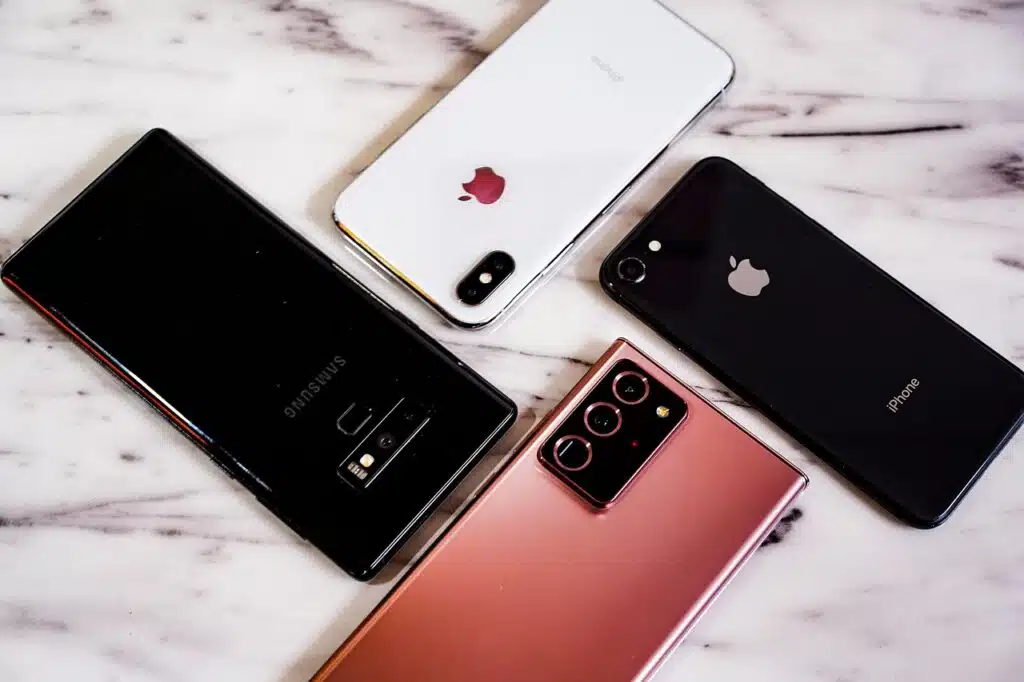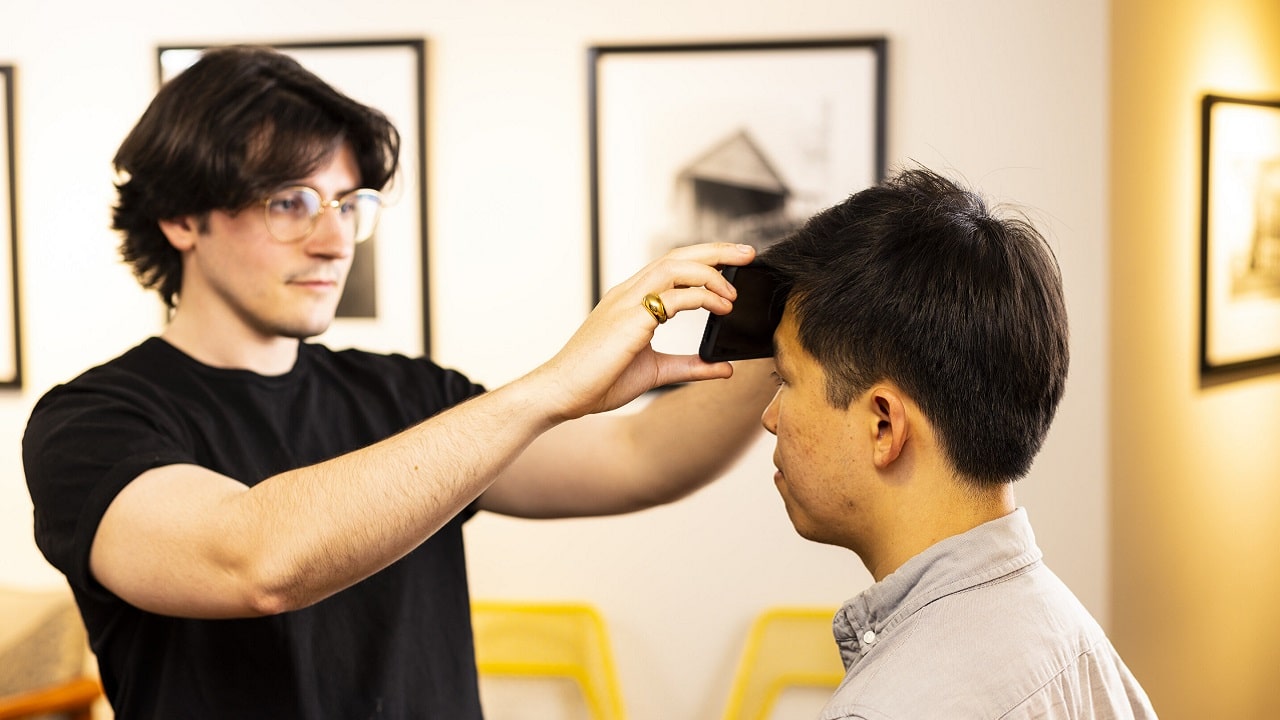Everyone has had the experience of wanting to measure their body temperature, without having a thermometer at hand. Maybe you’re feeling underwhelmed in the office and want to figure out if it’s better to take a sick day to avoid contagion. Or children feel hot in their foreheads and you don’t want to rely on the sensation of their hands or lips to tell if they are feverish. With FeverPhonethe app developed by the student Joseph Bredathe answer may be in your pocket: your smartphone becomes a thermometer to measure fever.
FeverPhone turns your smartphone into a fever thermometer
We’ve all experienced it first hand recently: fever is one of the earliest symptoms of COVID-19 and other infectious diseases. Therefore, to quickly diagnose infections and prevent contagion, measuring the temperature is essential. However, we don’t always have a thermometer at hand – not everyone has a reliable thermometer at home. And if you’re on the move, the possibility of not being able to measure your temperature increases.
To solve this problem, a group of researchers fromUniversity of Washington has developed an app called FeverPhonewhich transforms the smartphone into a fever thermometer without the need for new components.
How FeverPhone works
The app takes advantage of the phone touchscreen and battery temperature sensors already present to collect data. At this point, a machine learning model estimates people’s core body temperature.
When researchers tried FeverPhone on 37 patients in an emergency roomthe app estimated the core temperature of the body with a accuracy similar to that of some commercial thermometers.

Joseph Breda, a UW doctoral student at the Paul G. Allen School of Computer Science and Engineering, explains: “At graduation, I was doing research in a lab where we wanted to show that you could use the temperature sensor in a smartphone to measure the air temperature. When I arrived at UW, my advisor and I were wondering how we could apply a similar technique for health. We decided to measure fever in an accessible way. The main concern with temperature isn’t that it’s a difficult signal to measure; it’s just that people don’t have thermometers.”
Research continues to make measurements more precise
The app is the first to use existing phone sensors to estimate whether people have a fever. Has need more training data to be widely used according to Breda. But for doctors, the potential of such technology is exciting.
According to Dr. Mastafa Springston, coauthor of the study and a UW clinical instructor in the Department of Emergency Medicine in the UW School of Medicine, the potential is even greater. “People always come to the emergency room saying, ‘I think I have a fever.’ And that’s very different from saying ‘I had a fever’. In a flu wave, for example, people rushing to the emergency room can take five days or even a week at times. So what if people shared fever results with public health agencies through the appsimilar to how we signed up for COVID exposure alerts, this early warning could help us take action much sooner.”
The thermistors, from the battery to the forehead
 Do you suffer from motion sickness? Science says that with electric and self-driving cars it will get worse, Pixabay source
Do you suffer from motion sickness? Science says that with electric and self-driving cars it will get worse, Pixabay source
Clinical thermometers measure body temperature with small sensors called thermistor. Even normal smartphones have thermistors: they are mainly used to check the battery temperature. But UW researchers have found that these sensors can be used to monitor the heat transfer between a person and a phone. Your phone’s touchscreen can recognize the contact between the skin and the phone and the thermistors can record the air temperature and heat rise when the phone comes into contact with a body.
To test this idea, the team collected data in a lab. Aiming to mimic a warm forehead, the researchers warmed one plastic bag filled with water with a sous-vide appliance and they placed the phone screens on the envelope. To account for variations in situations, such as different people using different phones, the researchers tried three phone models. They also put accessories like a screen protector and a cover and changed the pressure on the phone.
The researchers used data from various test cases to train a machine learning model. And then they tested the smartphone as a fever thermometer with 37 people, 16 of whom had a slight fever. They placed the smartphone on their foreheads for 90 seconds. And the results had a margin of error of 0.23 degrees Celsius, less than half a degree acceptable by clinical thermometers.
The application is still in the experimental stage and needs further scrutiny by scientists around the world. But already today the team led by Breda is working to bring this novelty to smartwatches too – where detection should be even faster, given the small size of the device. In short, the next fever thermometer we could already have it on the wrist.















Leave a Reply
View Comments